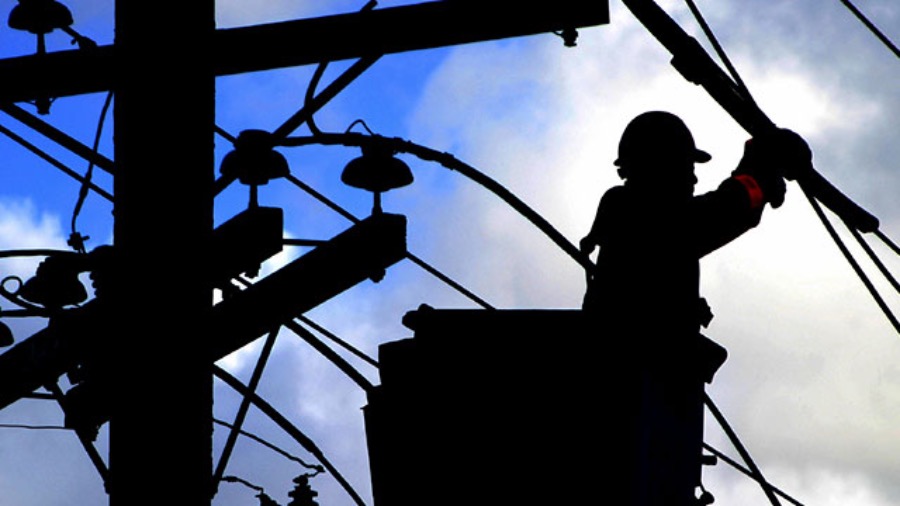
Public reliance on electrical grids peaks in the winter, with the average customer in the US using 5,100 kWh of electricity, a rate growing at more than 2.4% each year. While these grids are resilient in handling this electrical demand, winter storms often disable power infrastructure when it’s needed most.
In January 2023, Austin, Texas had a peak electrical outage with more than 400,000 homes impacted – this is not the first time a winter outage has occurred, and it won’t be the last. Electrical outages pose a huge risk to the community, leaving limited options for heating, and those who are medically dependent on electricity are put at additional risk. Physical health is not the only hazard when it comes to power outages, mental health is too; with one article citing that citizens feel “the loss of control and autonomy in their environment leads to anxiety”.
For these reasons, it’s imperative utilities respond to these events quickly and efficiently. Having the appropriate tools on hand to operate in the harsh conditions of winter storms is the best way to be prepared, before disaster strikes.
A high functioning communications network can enable utilities to get the power back on faster and more safely. Here are some solutions that can help utilities be prepared for challenging situations:
Total grid visibility for utilities organizations improves efficiency and optimizes incident response while reducing network downtime. Tait GridLink terminals serve as a better solution to covering rural or suburban areas while still working efficiently intercity as large cabled networks are not required for operation. For utilities, GridLink terminals would be attached to any number of power poles in an area; transmitting to a number of devices including dispatch in the event of an outage. Servicemen can quickly isolate the cause and deploy a solution while continuously receiving updates from dispatch and other terminals.
Tait genuinely supports open standards and offers a number of different dispatch platforms. Regardless of your coverage requirements, Tait has dispatch and device solutions scaled to any size be it a small district, or statewide.
Clear, reliable voice comms are crucial for mission-critical industries. In efforts to improve worker safety, Tait offers various solutions to help keep your mission critical teams safe. In the event of extreme weather, it can become increasingly dangerous for linesmen to work at a height, with Man Down functionality, using a tilt sensor and timer to recognize a change in behavior in the event someone falls and gets hurt, dispatch will be notified. Complementary to man down, Lone Worker enables linesmen to ‘check in’ through their portable radios. If a worker does not respond within a predetermined time frame, an alarm is triggered and sent to dispatch.
Storms can cause communication network outages, making it important to have access to multiple networks to stay connected. With TAIT AXIOM Mobile, line workers are able to use the best network available, and continue working past the network edge when working in rural areas. With multiple network capability, linesmen can continue the conversation between areas of low or no radio coverage by automatically switching communications to broadband networks. In the case of extreme weather, having the option between network bearers is crucial in the event that the network is unreliable.
Being absolutely prepared for the unknown is nearly impossible, but taking steps before storm season can help utilities to best manage the worst conditions.